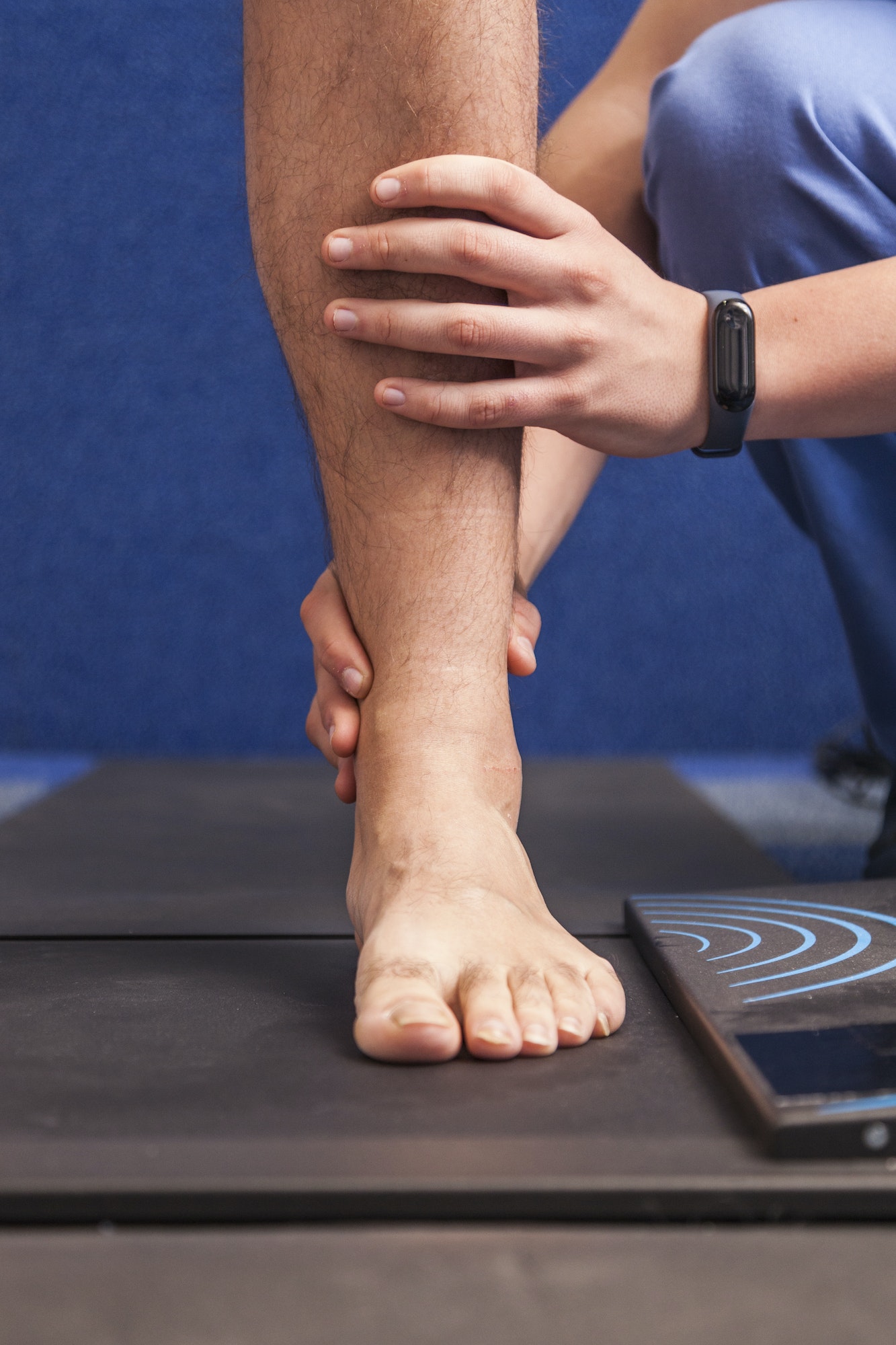Table of Contents
Our Foot Doctors Can Help with Your Ingrown Toenail Treatment
Ingrown Toenail Causes & Symptoms
Ingrown nails occur when the toenail grows into the surrounding skin. This is most commonly seen on the big toe but can happen to the small toes as well. Excessive curving happens with wider nails, improper trimming, tight shoes, or toe deformities that cause increased pressure on neighboring toes.
Changes in the nail due to previous trauma or a fungus present in the nail may also contribute to ingrown nails.
Symptoms range from chronic discomfort to acute pain with infection. For some people, ingrown nails only occur on one toe and for others, many toes may be involved.
Home Treatment for Ingrown Toenails
Cutting the nails with poor vision or difficulty reaching the toes to trim them properly can lead to an accidental skin injury that could lead to an infection. If you are prone to ingrown nails, you should keep them relatively short. This will prevent them from growing into the tip or side of the toe.
If the nail does become red and inflamed, soak the toe in warm, soapy water with Epsom salts and carefully trim the nail. If this does not alleviate your symptoms, make an appointment with a podiatrist at Weil Foot & Ankle Institute.
Ingrown Toenail Treatment in Our Local Podiatry Offices
If the ingrown condition is mild, your podiatrist may be able to simply cut the nail properly to alleviate your symptoms. If the area is infected, the doctor will need to utilize local anesthetic to numb the toe and then remove the small section of the nail that is causing the infection. The toe will stay numb for several hours, but you may resume light activities immediately (such as driving). By the next day, your toe will generally feel around 90% better.
If the condition tends to recur, there is a permanent solution. After your doctor numbs your toe and removes the offending nail section, a chemical is used to cauterize a portion of the nail root so that the ingrown section of nail never grows back. This procedure has proven to be 95% effective with a high degree of patient satisfaction and little discomfort.
When conservative treatment options are no longer providing the comfort you need, consultation with your Podiatrist is advised to discuss surgical options.

Meet Weil Foot & Ankle Institute
By: Weil Foot & Ankle Institute, Published: May 20th, 2022
Review By: Lowell Weil Jr., DPM – Jan 19th, 2023


